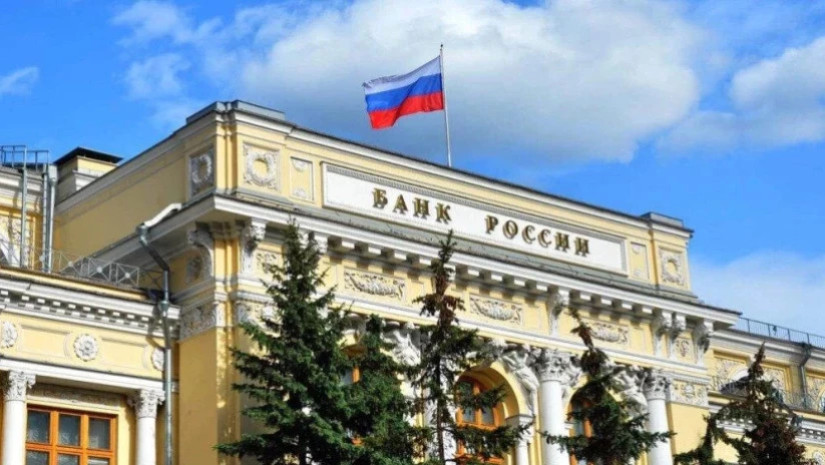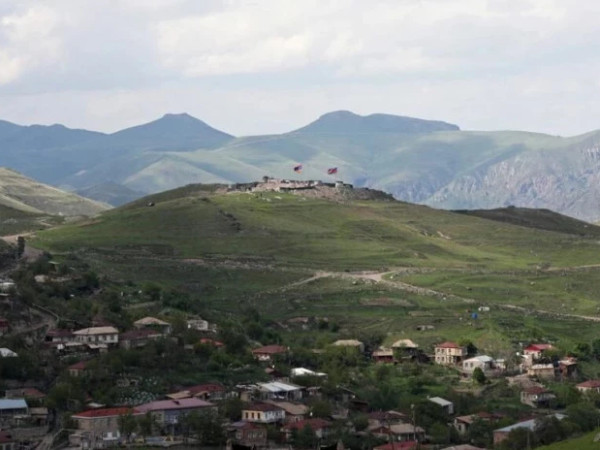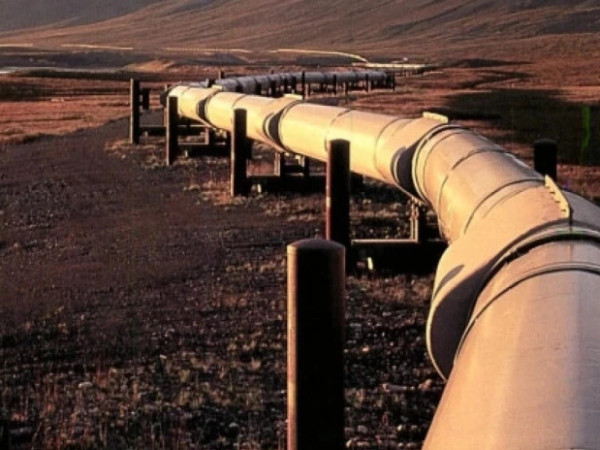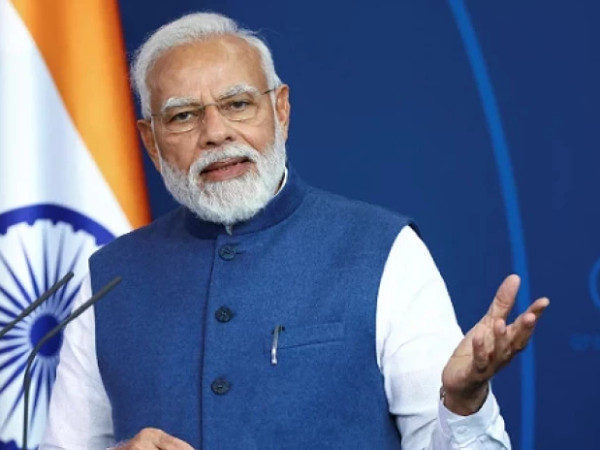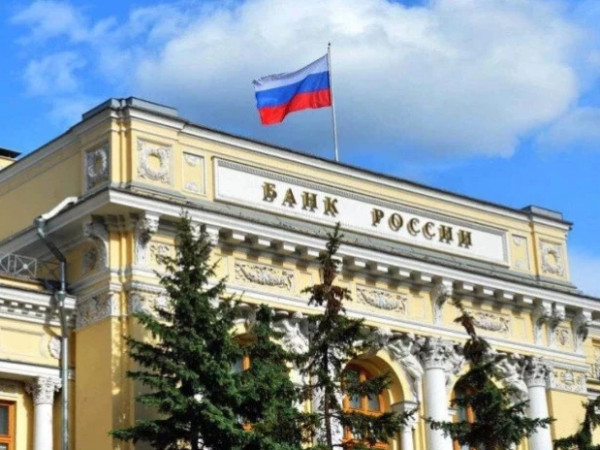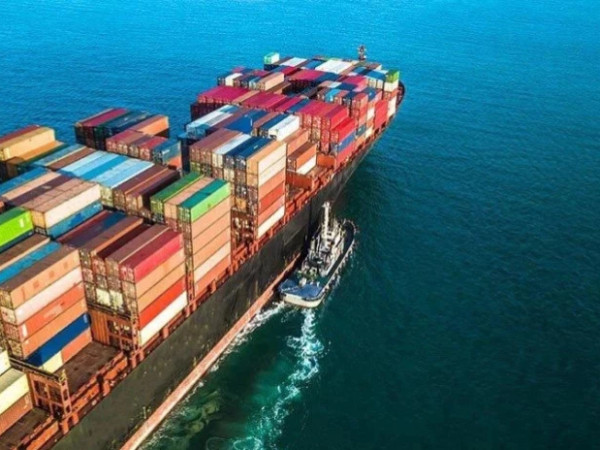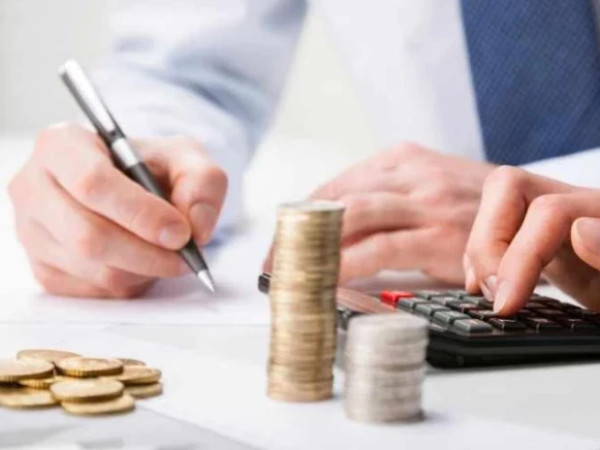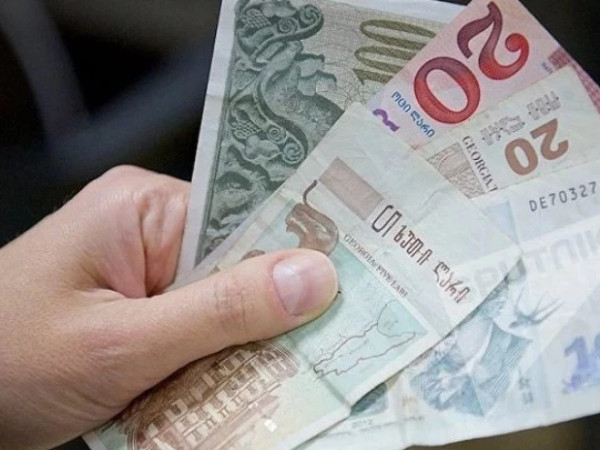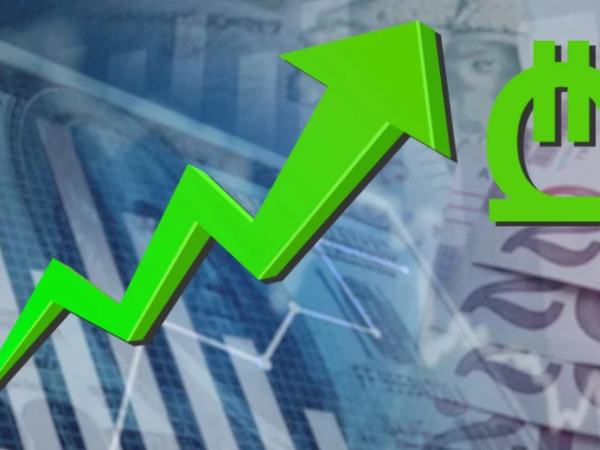Russia’s Central Bank has warned that the country’s economy could come to a standstill by the end of 2025.
In its updated macroeconomic forecast, the bank points to a significant slowdown. While GDP grew by just 1.4% in the first quarter of 2025 compared to 4.1% at the end of the previous year, growth in the second quarter reached 1.8%. The Central Bank estimates that it will slow to 1.6% in the third quarter. In the fourth quarter, growth could cease altogether – the forecast ranges from 0 to 1%.
As a result, average annual growth in 2025 is expected to be between 1% and 2%, and no more than 0.5–1.5% in 2026 – effectively marking the beginning of stagnation.
For comparison, the global economy, as estimated by the Central Bank, is projected to grow nearly three times faster – by 3.1% this year and 2.9% next year. China’s economy is expected to be even more dynamic, with growth of 4.9% and 4.8% respectively.
Despite record GDP growth in 2023–2024, driven by increased military spending and state procurement, the Russian economy is now beginning to feel the pressure of war, Western sanctions, labour shortages and high interest rates.
Bloomberg analysts note that signs of crisis are already evident in many sectors: coal mining companies are suffering losses in the billions, oil, gas and metallurgy companies are seeing declining profits, and the automotive industry is significantly cutting production due to weak demand.
The Central Bank describes this as a cooling of an overheated economy and a return to a "balanced" trajectory. However, experts call this a euphemism that conceals sluggish and unstable growth. Economists say the Kremlin may tolerate a period of low growth, but only if oil prices do not fall further, as this would lead to a serious decline in state revenues.







